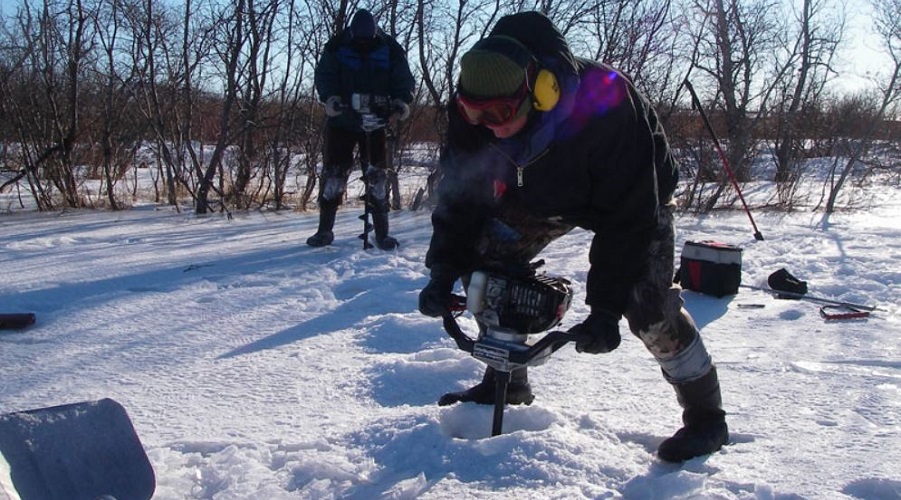Pebble permit application completed

The U.S. Army Corps of Engineers has accepted Pebble Limited Partnership’s wetlands-fill permit, which is required under the Clean Water Act and which is also a key authorization in the permitting process for the controversial Pebble project in Alaska.
Pebble Limited Partnership is a subsidiary of Vancouver-based Northern Dynasty Minerals Ltd. (TSX: NDM). For over a decade now, the company has been pushing to be able to exploit the world’s biggest undeveloped copper-gold-molybdenum porphyry deposit, which is located in Alaska’s Bristol Bay region. The area is also the largest sockeye salmon fishery on the planet.
Although the miner’s plan remained blocked during the Obama administration, it seems to be moving forward under Trump’s. With the acceptance of the wetland-fill application, the Corps proposed a Memorandum of Agreement to guide the next step of the process, which is a National Environmental Policy Act review of the Pebble Project based on an Environmental Impact Statement analysis.
“Pebble expects to finalize an MOA in the very near-term, and immediately distribute a ‘Request for Proposal’ to begin the process whereby the Corps will select the independent third-party contractor that will support them in the development of the Pebble EIS – the document that will be the basis for decisions made by federal permitting agencies,” said Northern Dynasty CEO, Ron Thiessen, in a press release.
According to Thiessen, it is very likely that federal and state regulatory agencies such as the US Environmental Protection Agency, the US Fish & Wildlife Service, National Marine Fisheries Service and the State of Alaska, take part in the Environmental Impact Statement analysis.
Given its location, Pebble has drawn opposition from environmentalists, some native groups and fishers. Their strong stands led operators to redesign the project by reducing its development footprint by less than half the size previously envisaged, banning the use of cyanide, and restricting primary activities in the Upper Talarik watershed, among other measures.
If it receives all the required permits, Pebble would be an open pit mine with associated on and off-site infrastructure and with a mine-life of 20 years. The expectation is that the mine will average 90 million tonnes per annum, with 58 million tonnes of mineralized material going through the mill each year.
Northern Dynasty has estimated that operations will annual payments of $49-$66 million to Alaskan coffers and create 1,500 to 2,000 direct and indirect jobs.
More News
{{ commodity.name }}
{{ post.title }}
{{ post.date }}




2 Comments
Ivan Weber
Like the PolyMet sulfide copper-nickel mine under early development in northern Minnesota, Pebble is at or near water level, with no room for biogeochemical site stabilization, acidic and toxic waste disposal, or anything approaching responsible “reclamation.” Imagine any of several of the planet’s largest sulfide metals mines (e.g., Kennecott/Rio Tinto’s Bingham Mine in Utah) being established at or below water level, with no place to dispose of selenium, arsenic, and any number of externalized non-commodity metals, and emphatically NO corporate will to address them responsibly, or to respect the livelihoods of commercial and native fishermen. Abject Madness!
Matt Johnson
The delusion continues, with First Quantum now driving the show…..this will never be a mine.